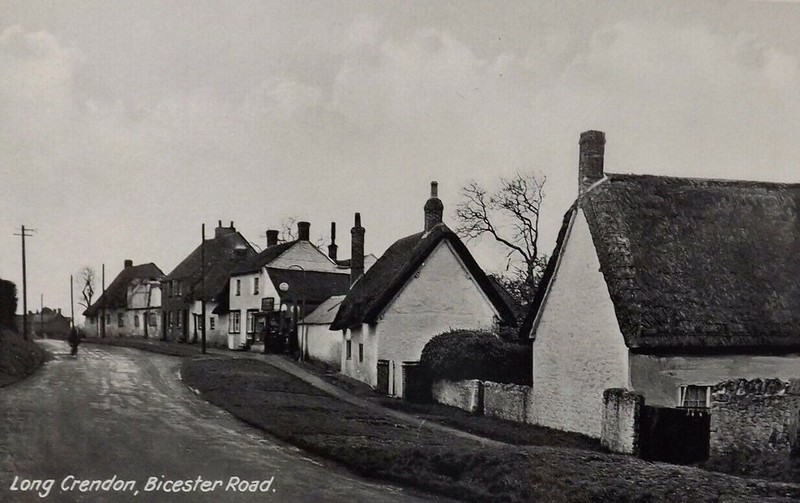 Sheahan’s Topography of Bucks said of Long Crendon: “At the bottom of the hill, on the high road leading to Thame, is a fine spring of excellent water, protected by a neat brick work. The water issues from a fountain forming a lion’s head, and falls into a stone trough. An iron drinking ladle is chained to the building. The water is said to contain medicinal properties.”
Sheahan’s Topography of Bucks said of Long Crendon: “At the bottom of the hill, on the high road leading to Thame, is a fine spring of excellent water, protected by a neat brick work. The water issues from a fountain forming a lion’s head, and falls into a stone trough. An iron drinking ladle is chained to the building. The water is said to contain medicinal properties.”
The Ordnance Survey map of 1901 marks the spring as Lion Spring. Today the stone work still stands, but in a state of disrepair. Sadly water flows no more from the hole that once channelled water through the lion’s head.
Frank Mitchell, writing in the Thame Gazette in 1974, suggests that the spring may have been considered holy. Certainly there is a fascinating ghost story associated with it: An animal with horns was supposed to haunt the tomb of William Edden in St Mary’s churchyard (see Ghost of William Edden).
The beast was considered harmless, but would allegedly tag along behind a pedestrian and follow a few yards behind until reaching the Lion’s well on Crendon Hill. At that point it would turn back. Mitchell says it was because of the presence of the holy water. But if, as the Celtics believed, holy wells are entrances to other worlds, the beast could be disappearing into another domain.

Leave a Reply